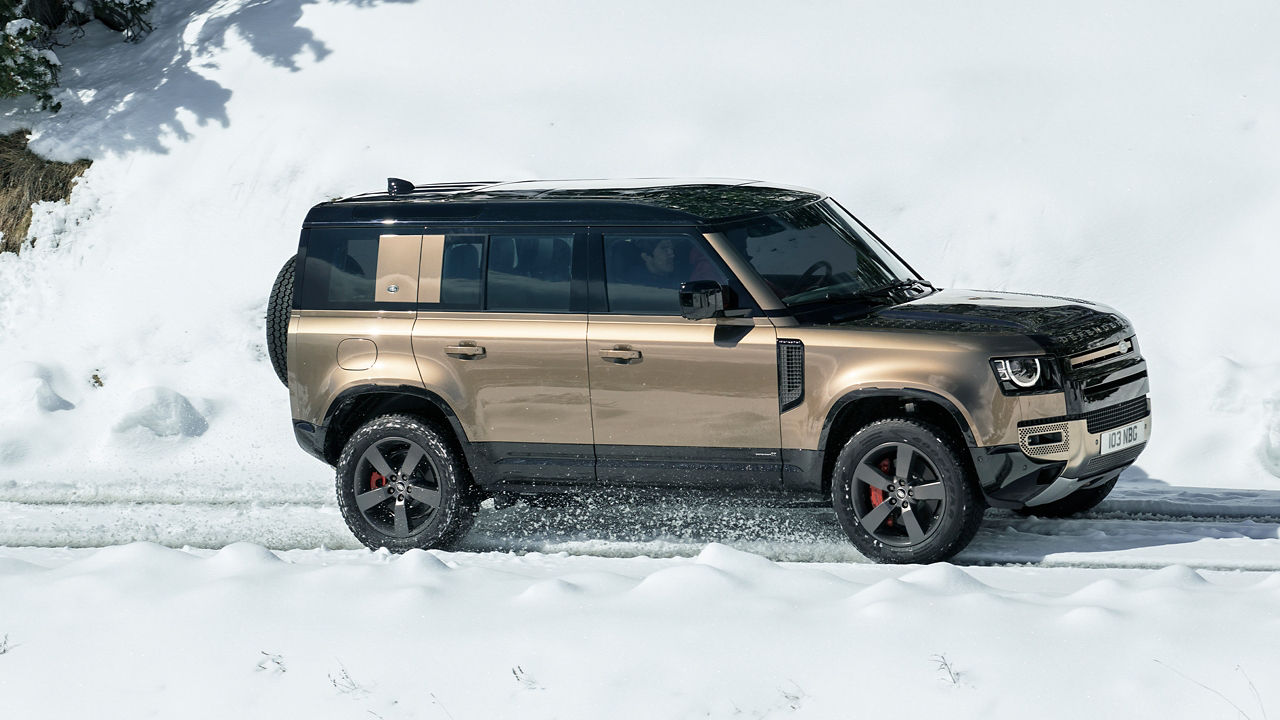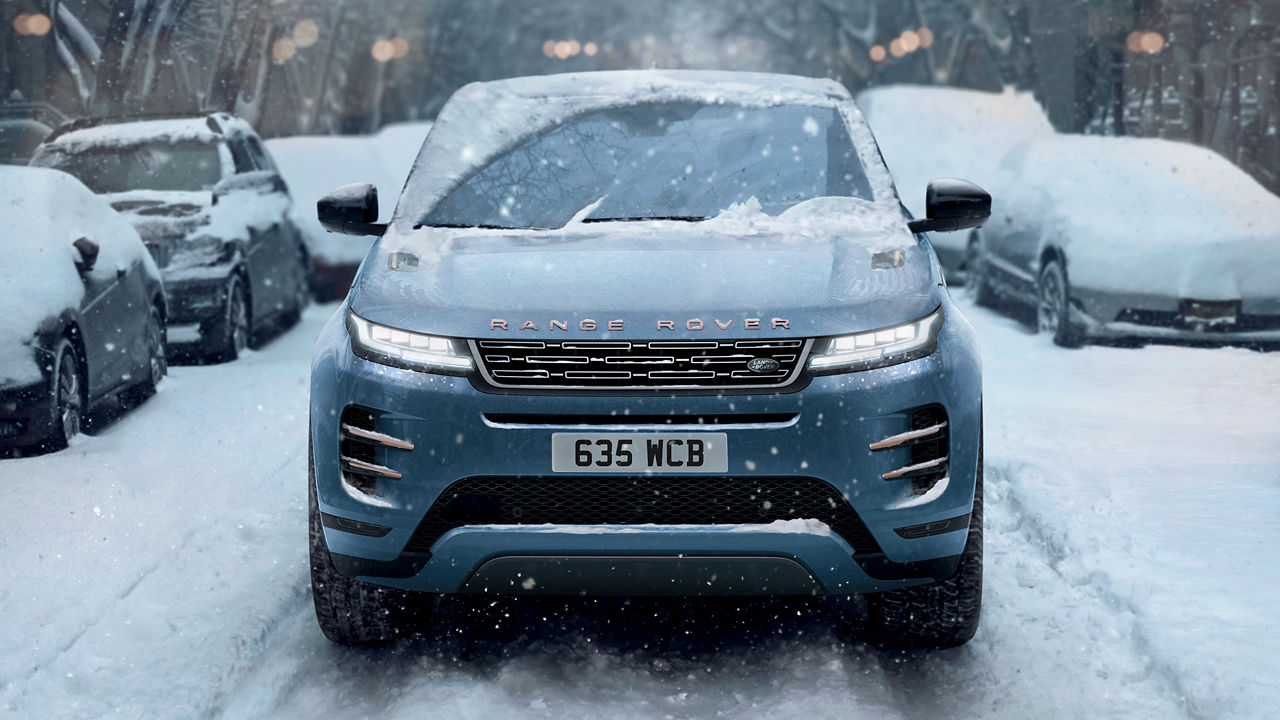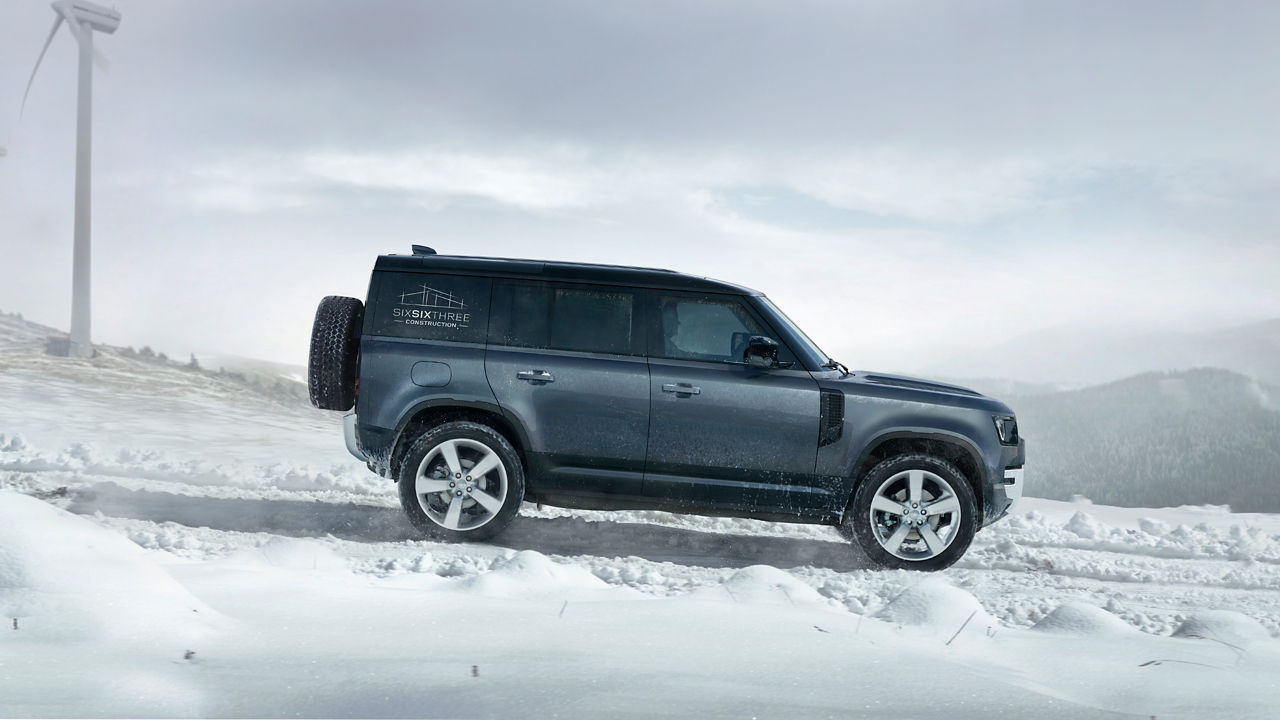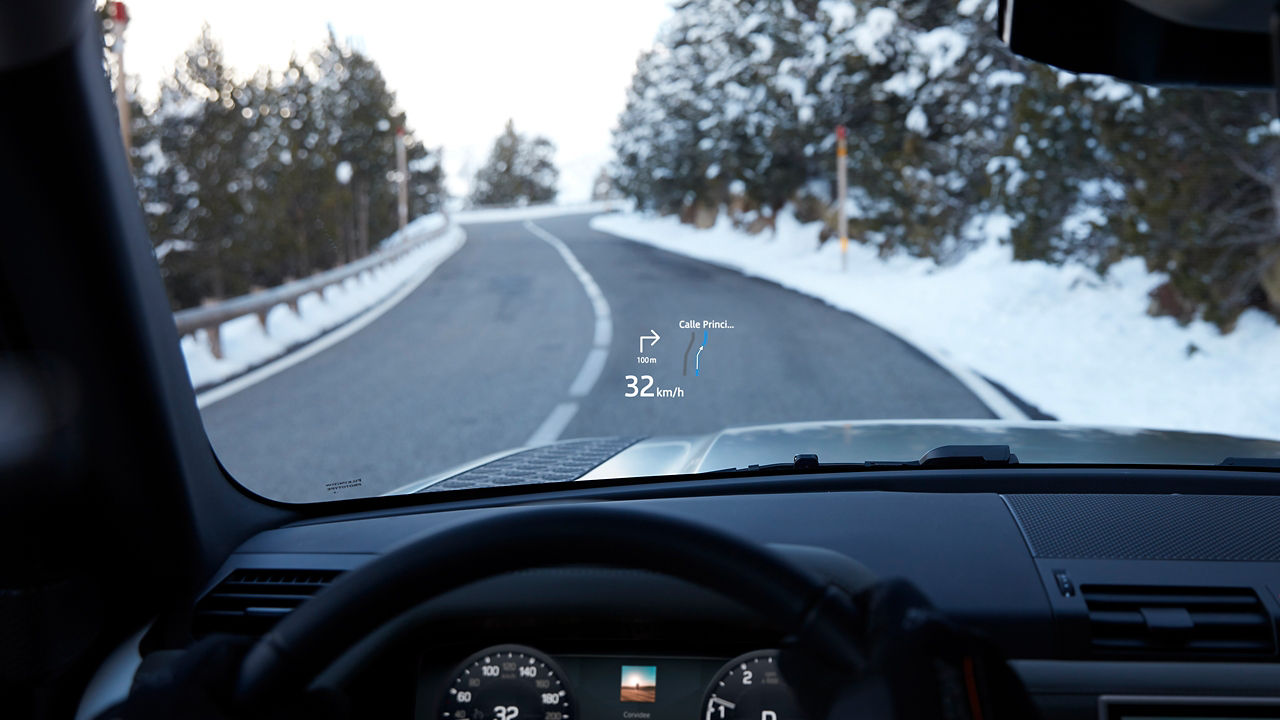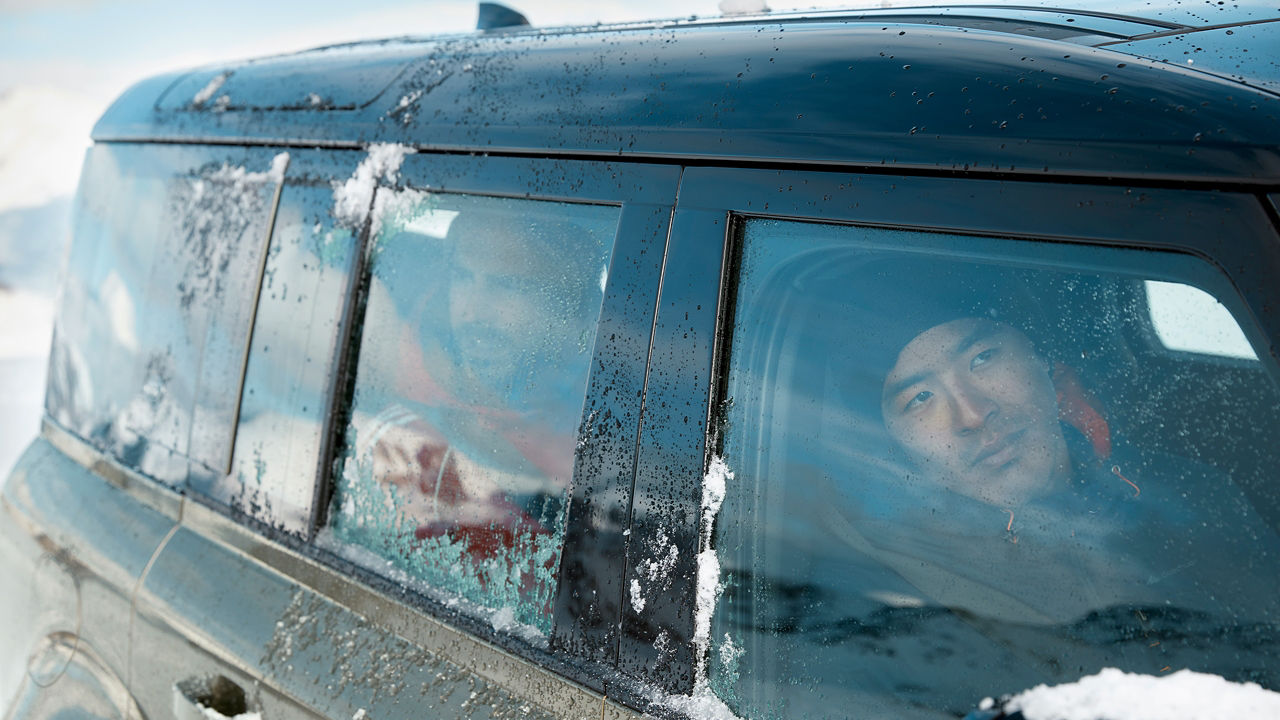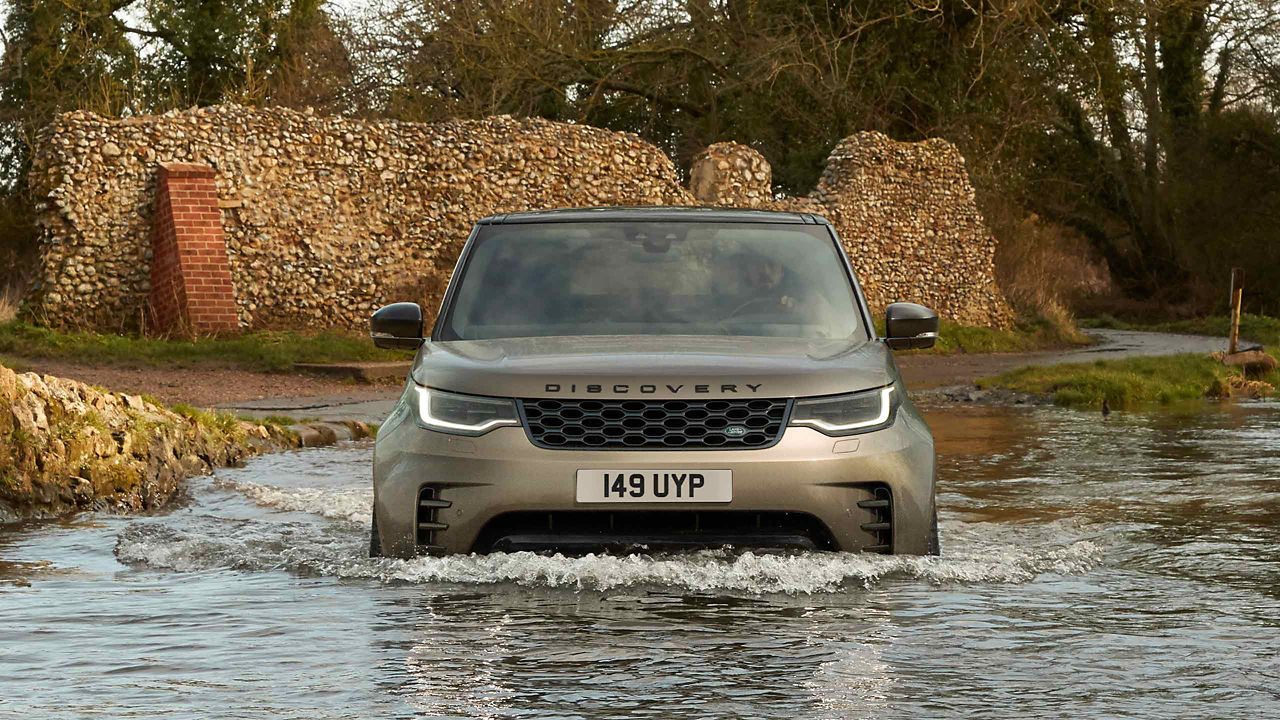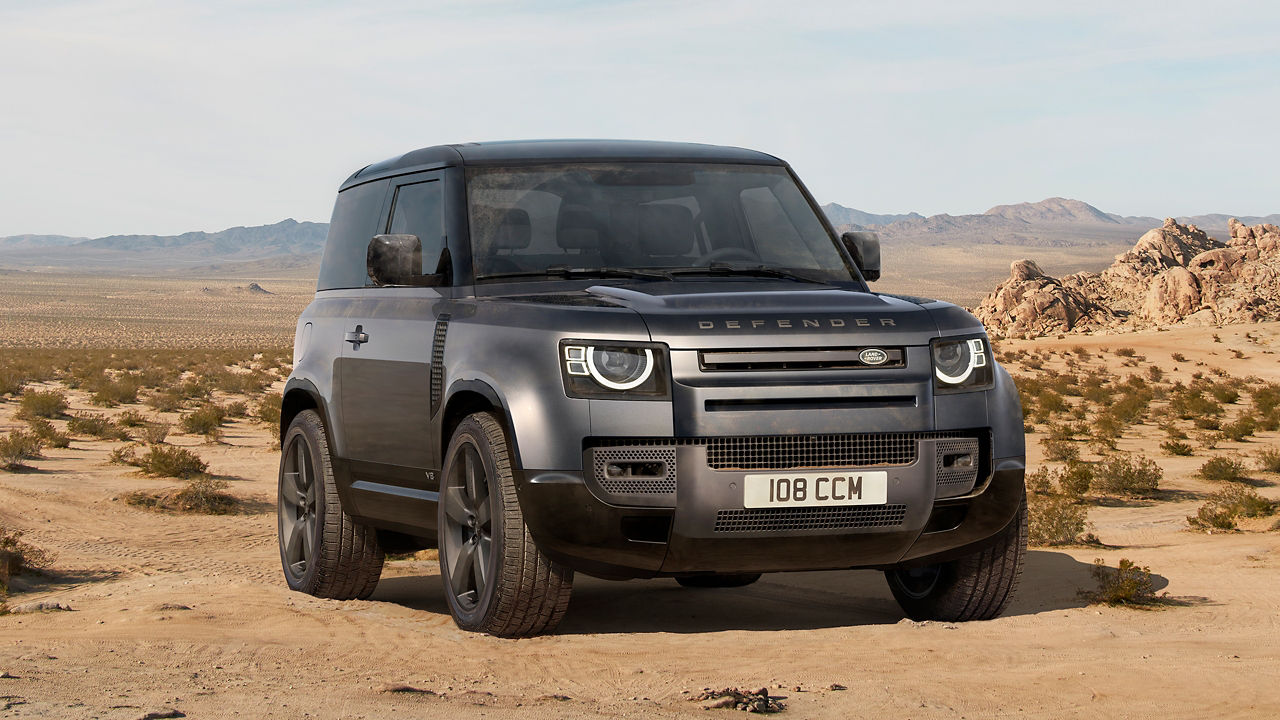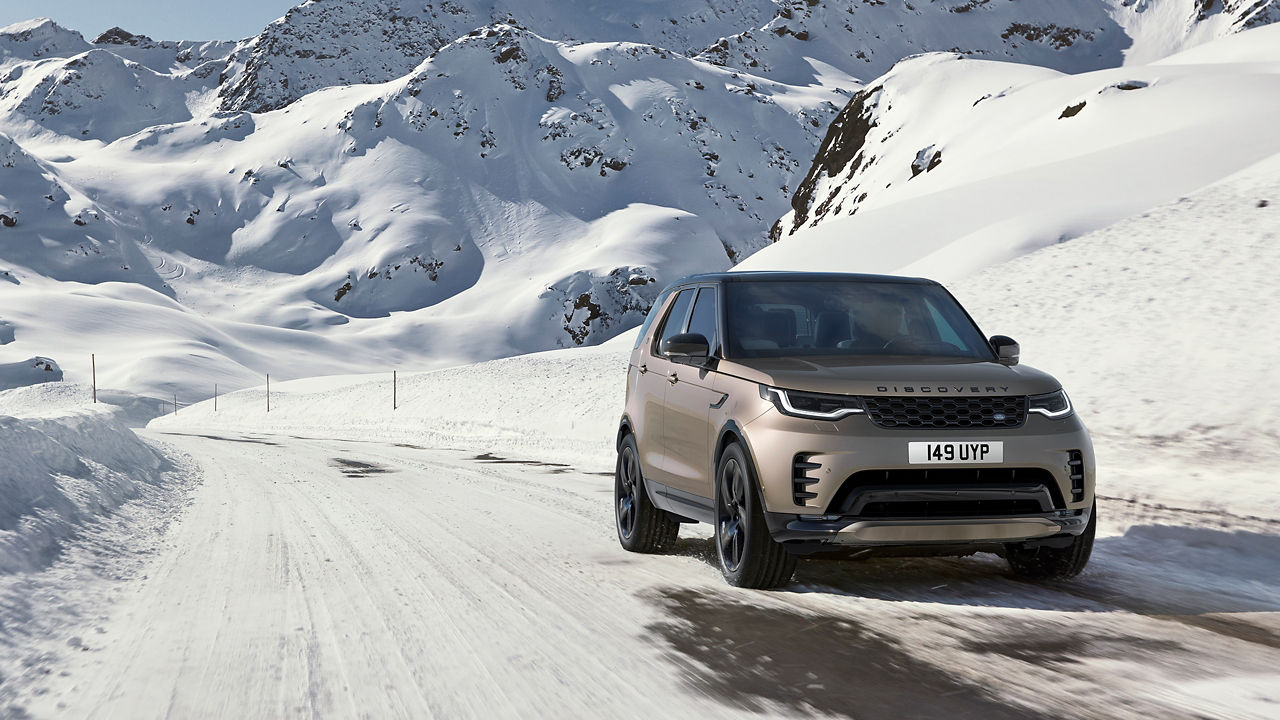When driving on ice and snow it is crucial to adapt driving techniques to changing terrain. This tailored guide has been designed to help you understand and master the unique challenges of driving in cold climates. Follow our advice for a secure and enjoyable driving experience on winter roads during cold months.
SIX TIPS FOR DRIVING IN SLIPPERY CONDITIONS
Winter driving, and especially ice driving can be intimidating and should be avoided where possible. While driving on ice and snow does require some skill, preparation is also key. Get ready for winter driving with these five essential tips for managing your Range Rover, Defender or Discovery.
PREPARE FOR YOUR OFF-ROAD ADVENTURES
Challenging off-road driving requires full training and experience. Risk of injury and damage. Never drive beyond your abilities.
